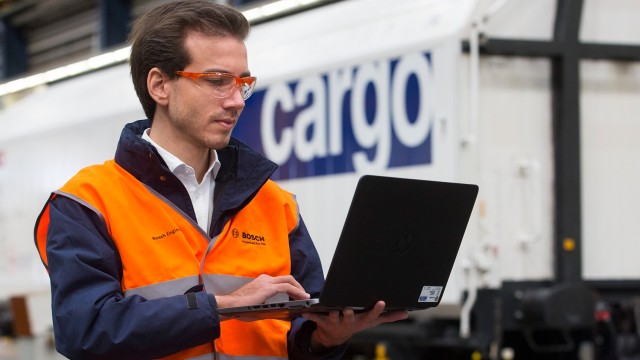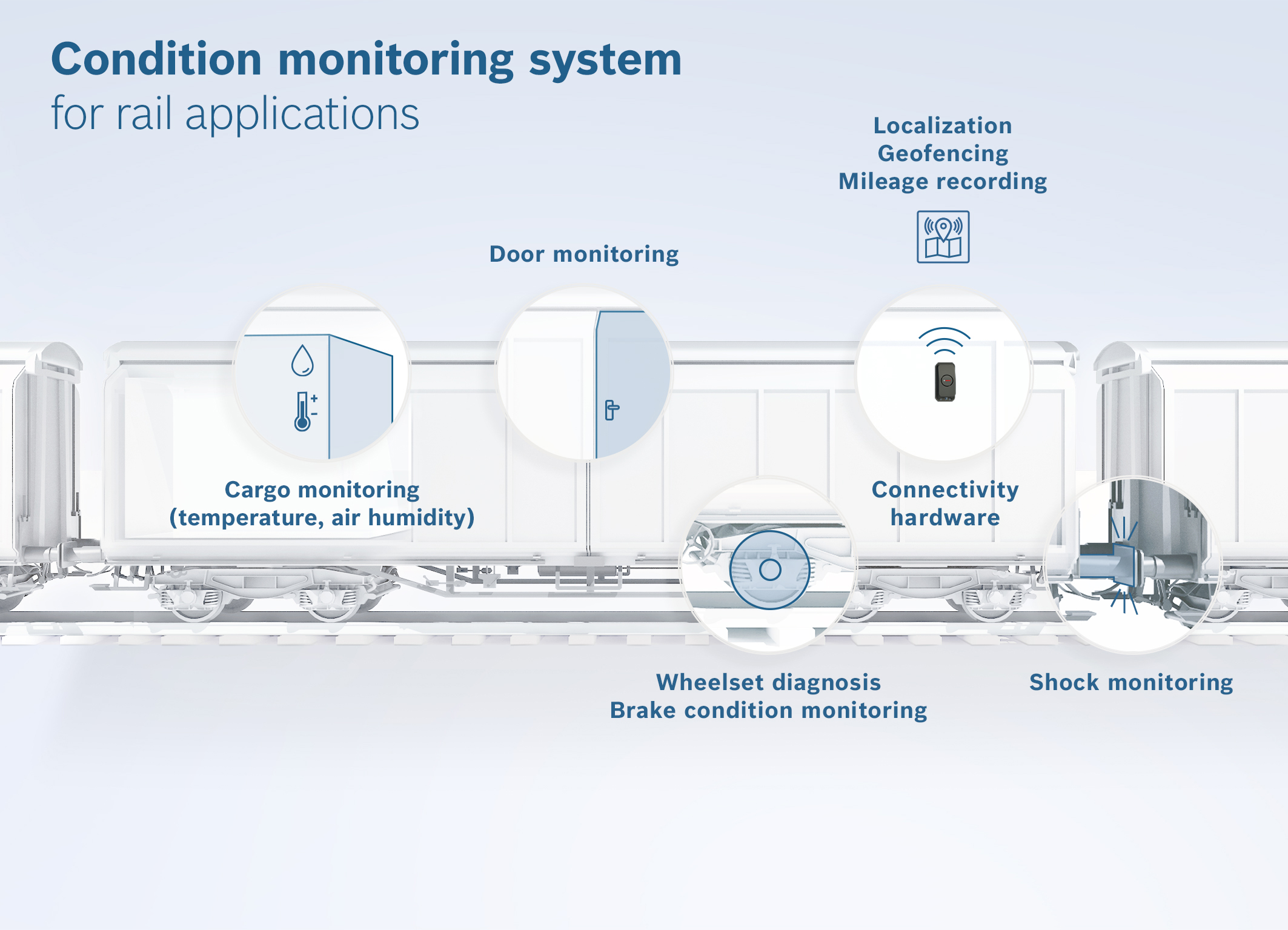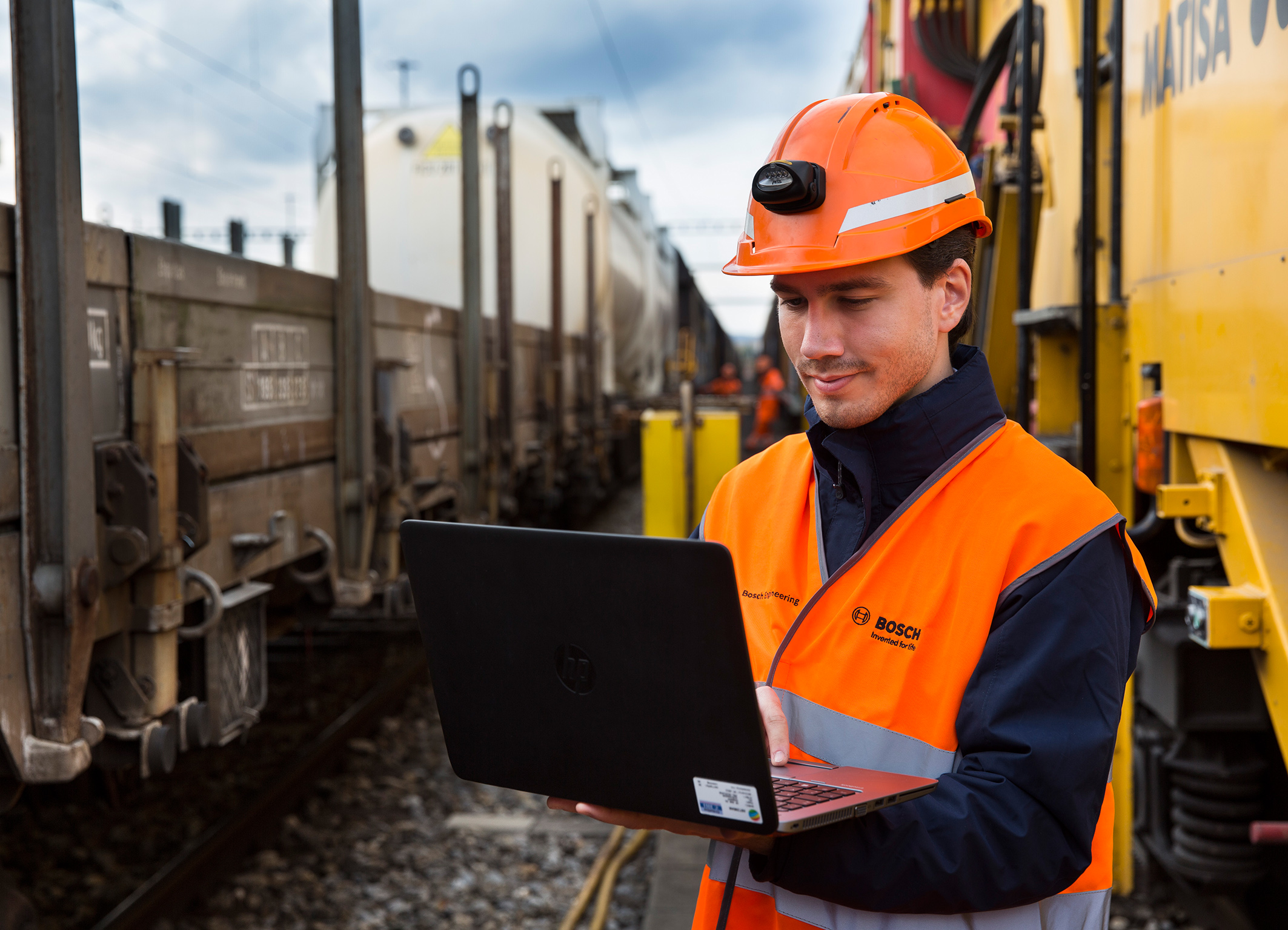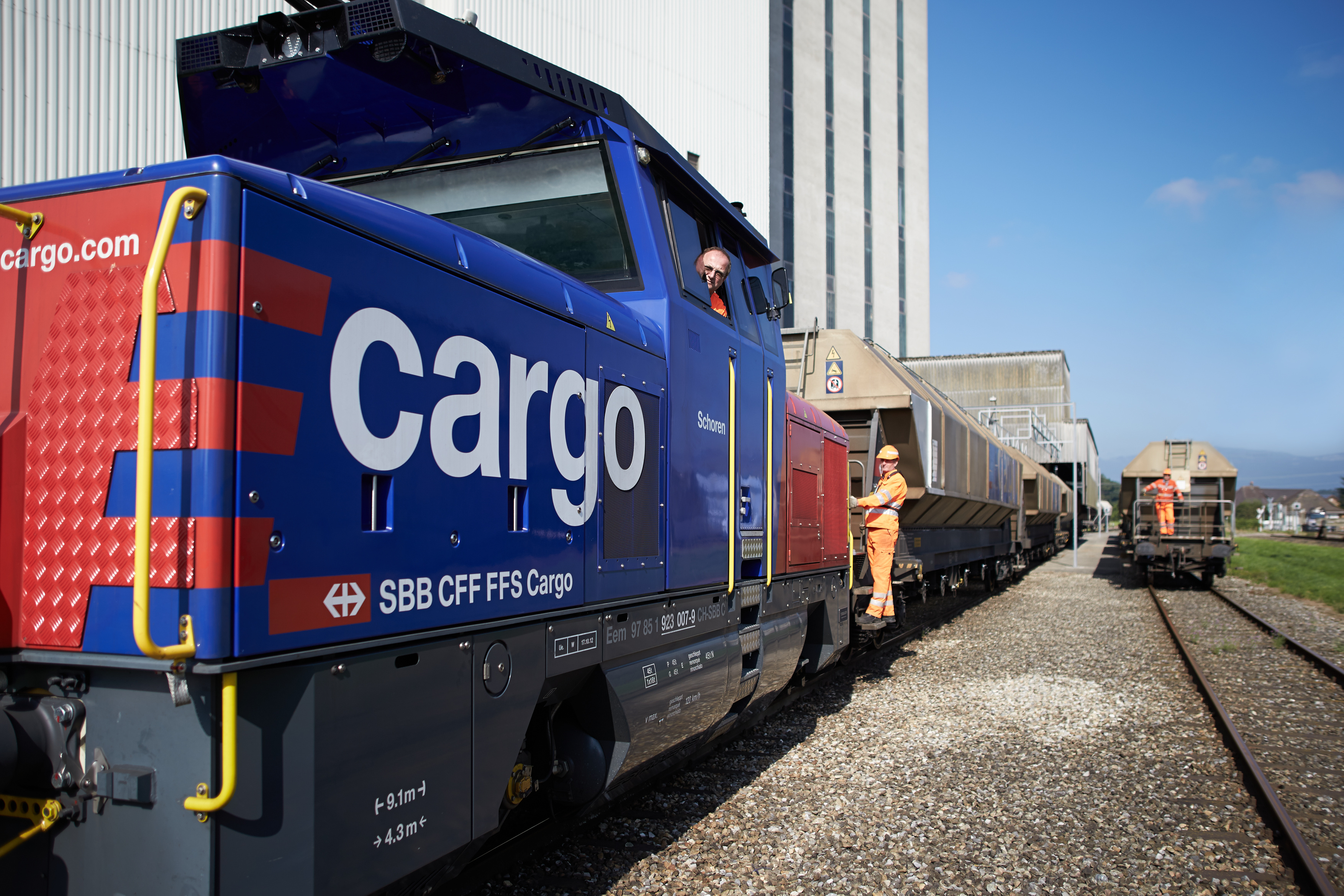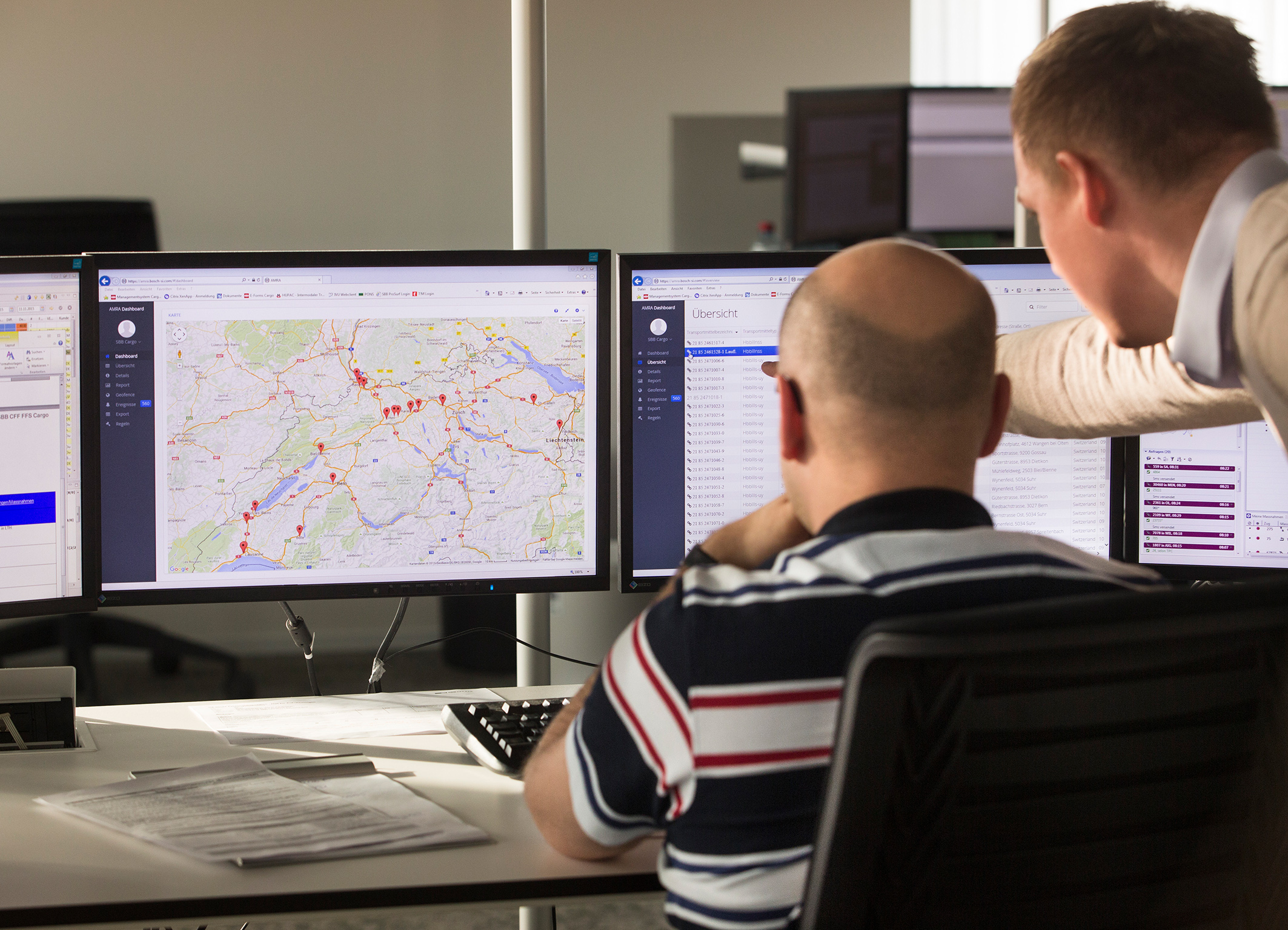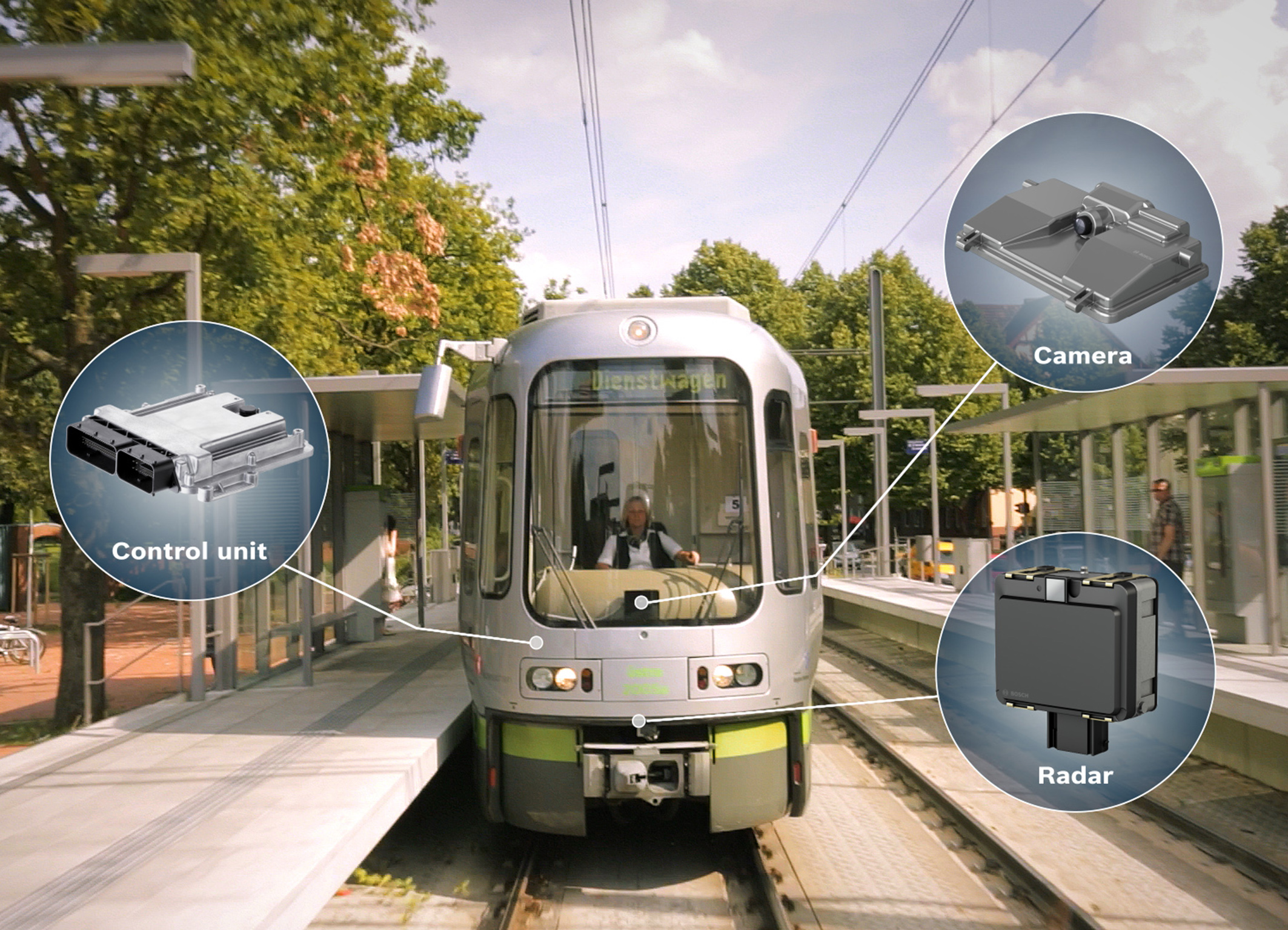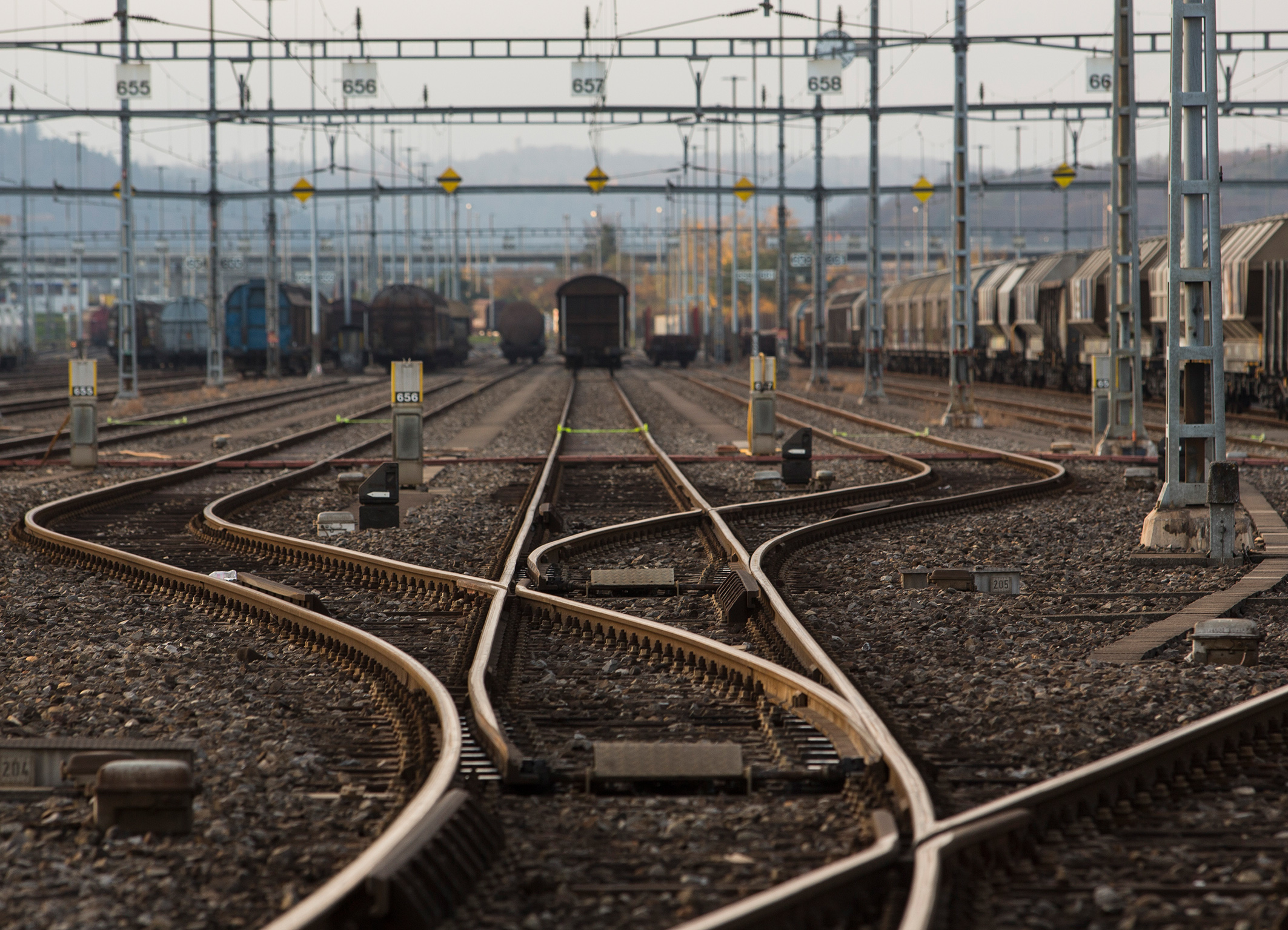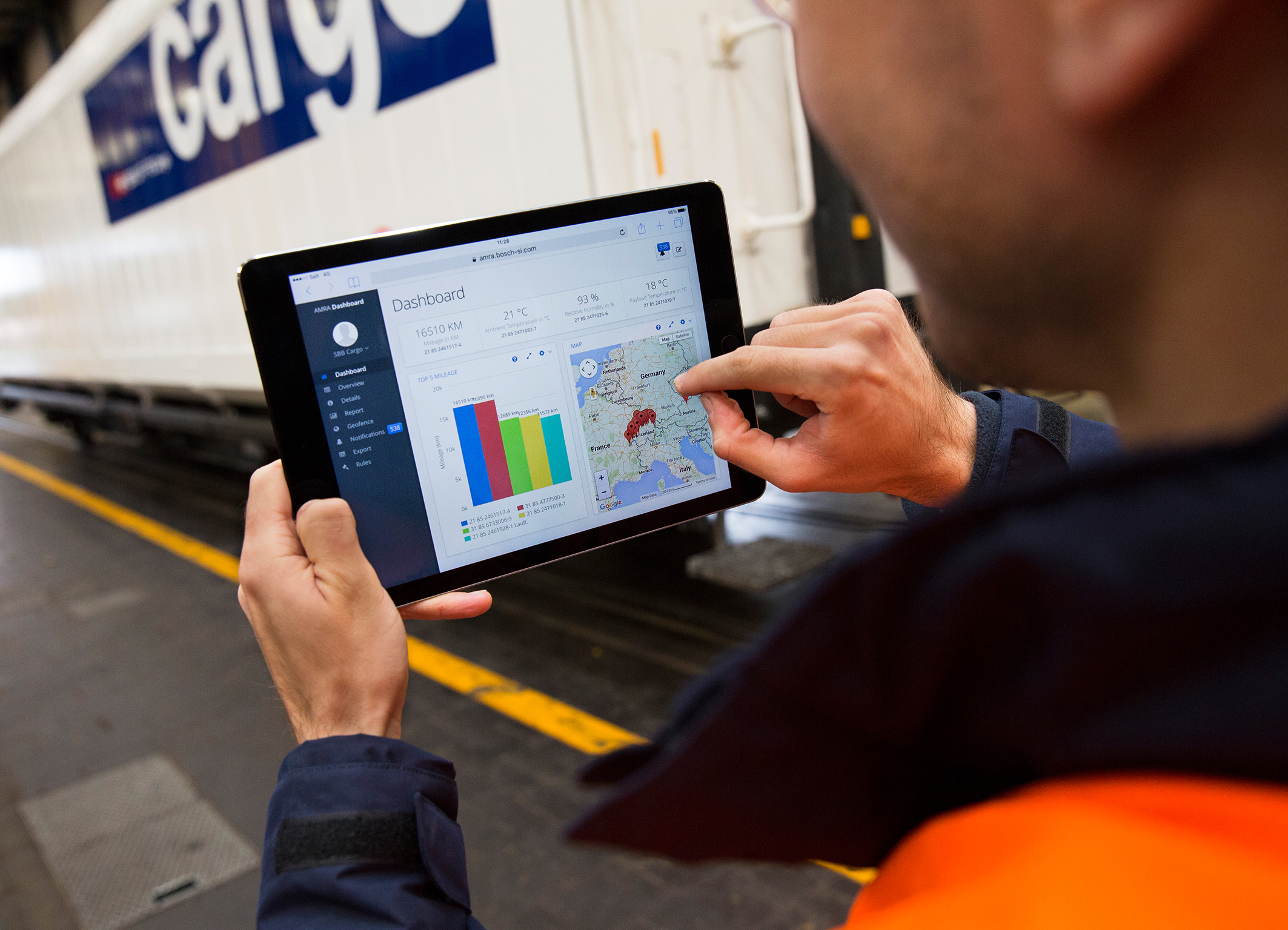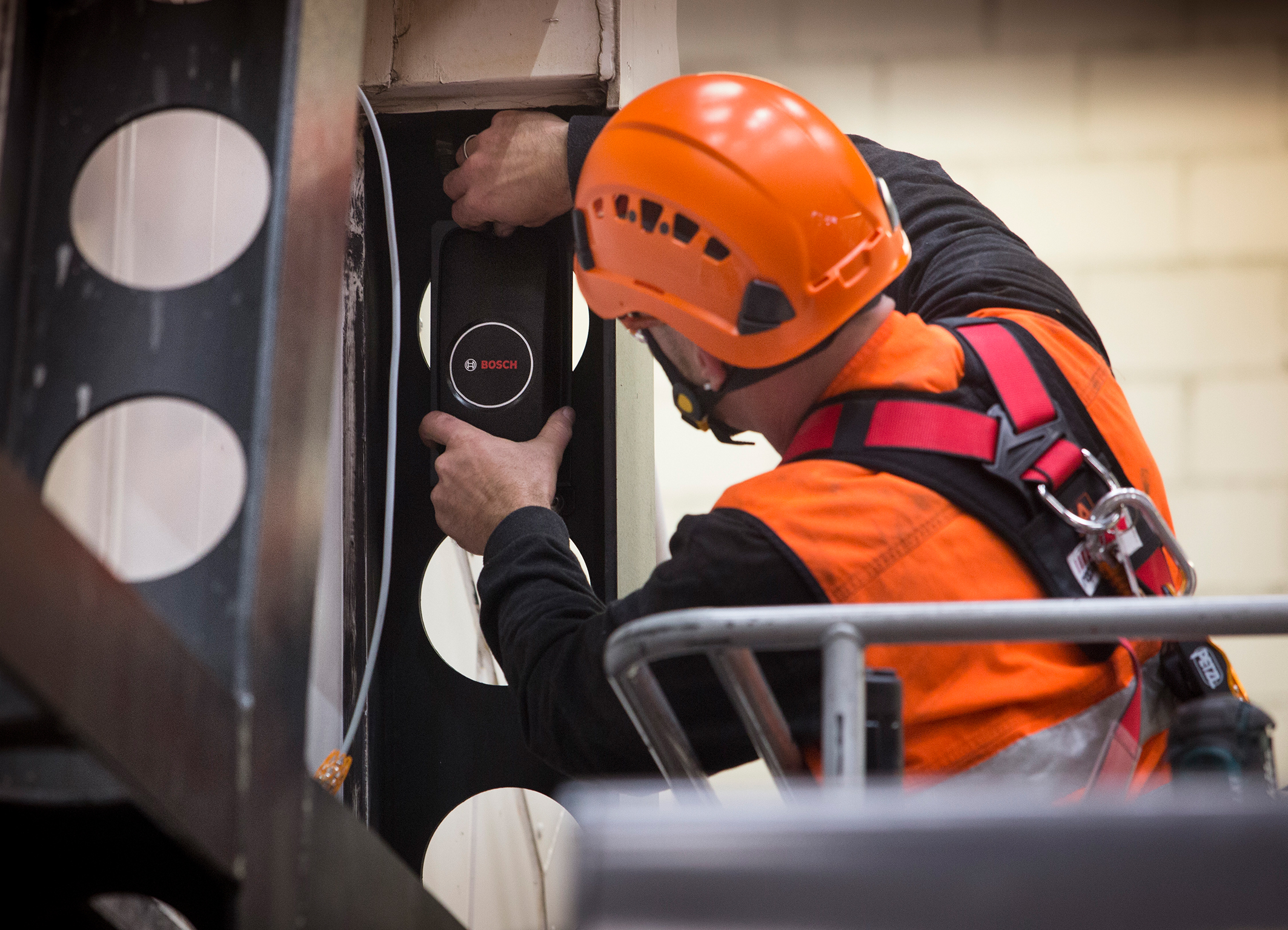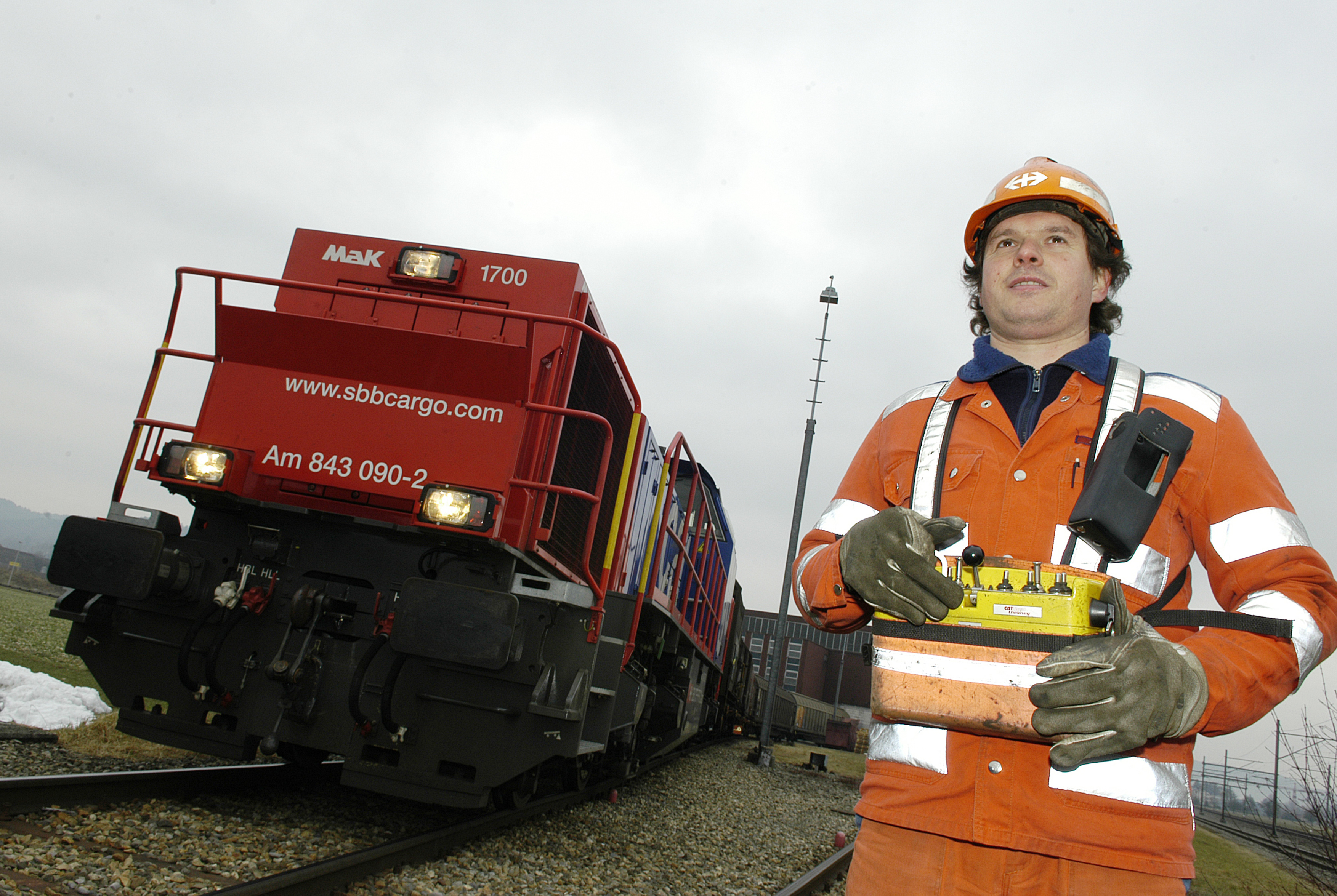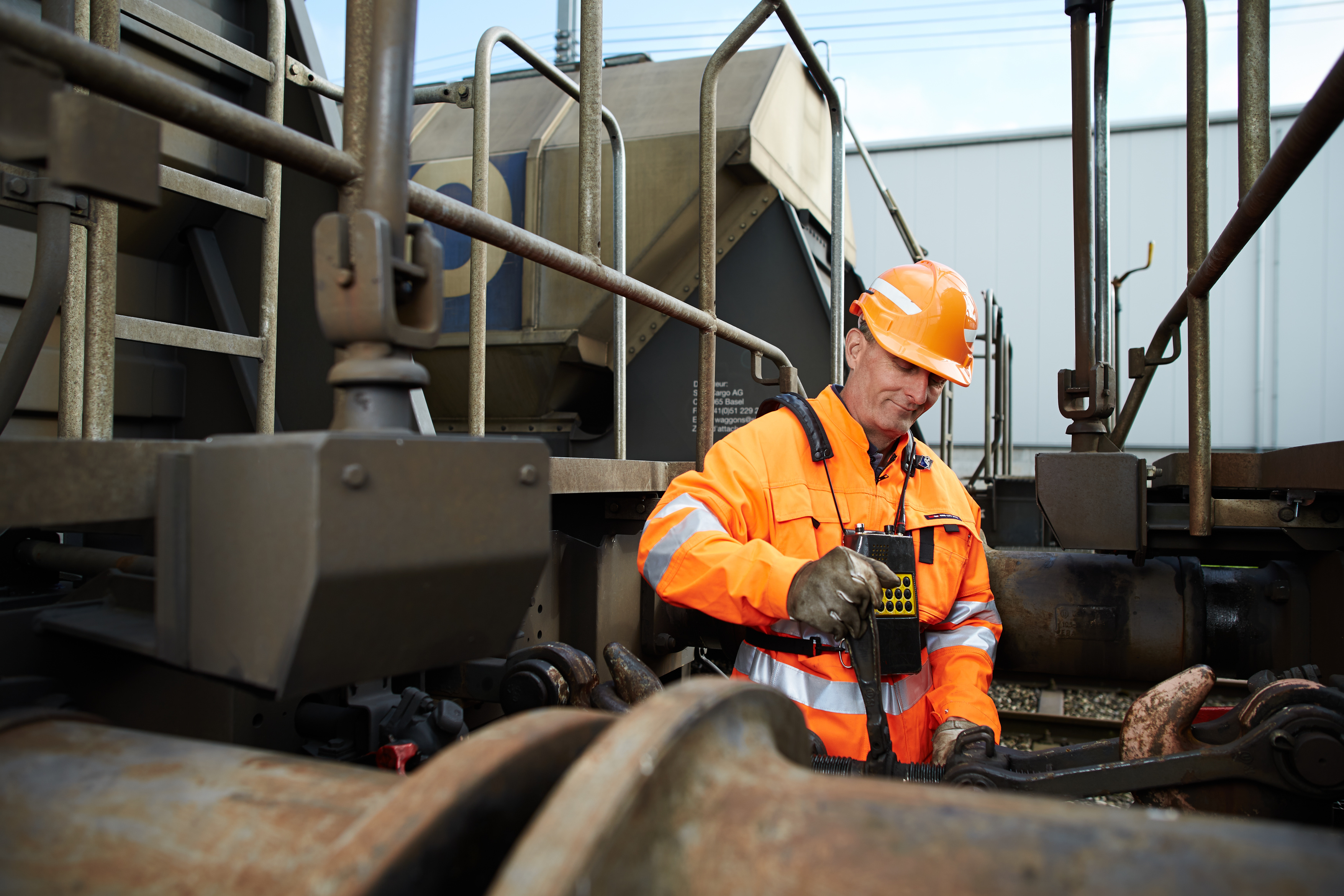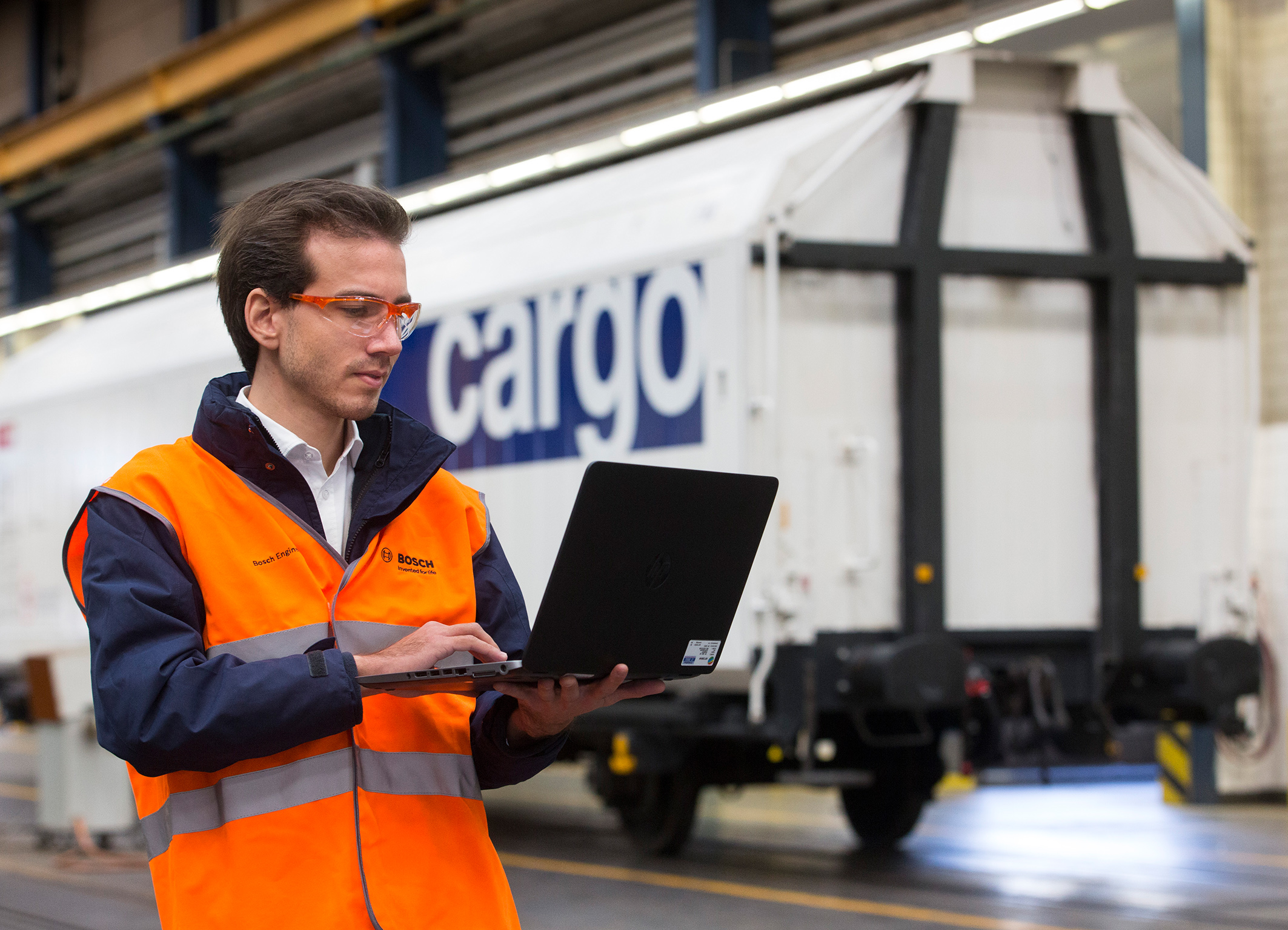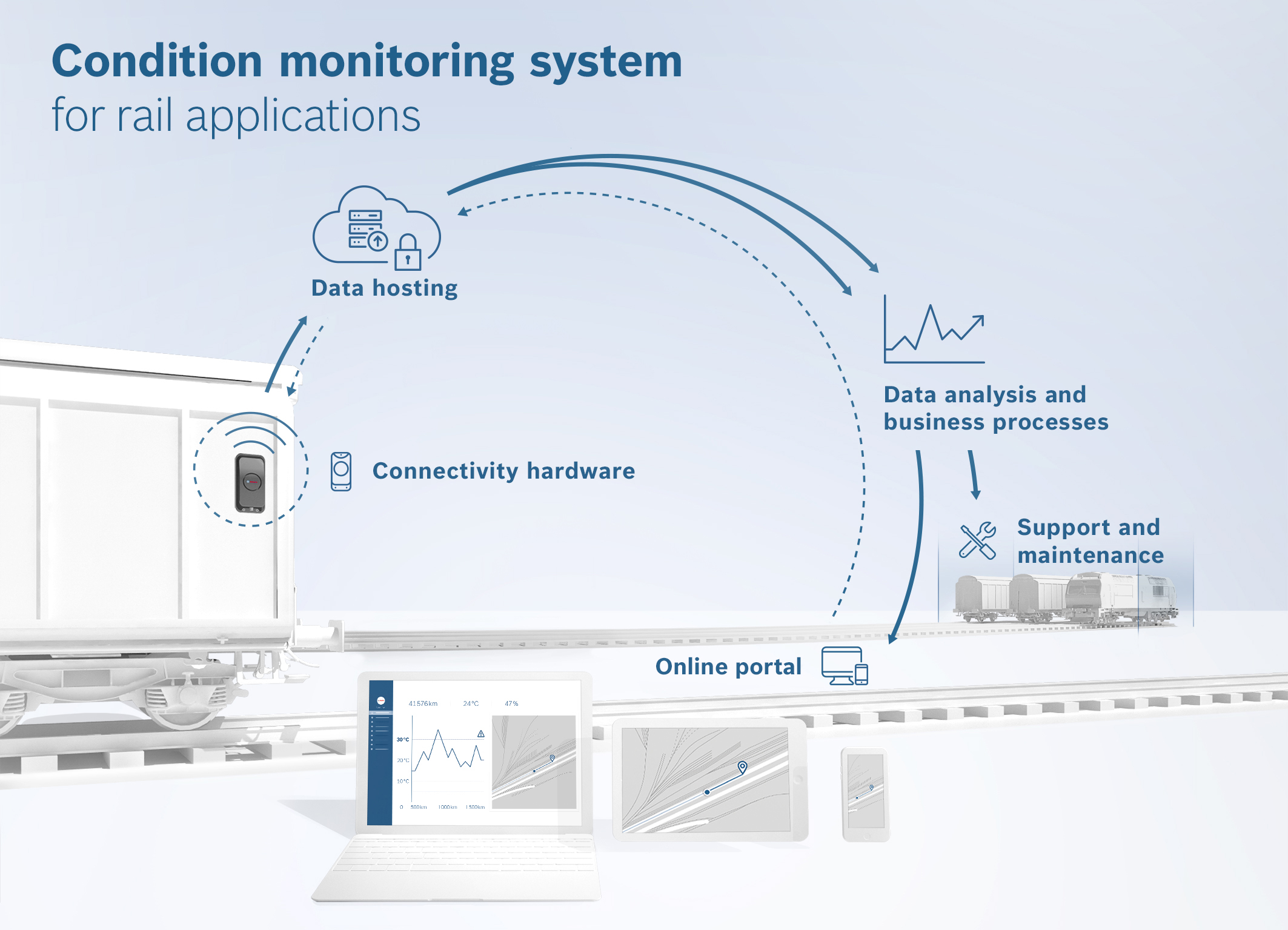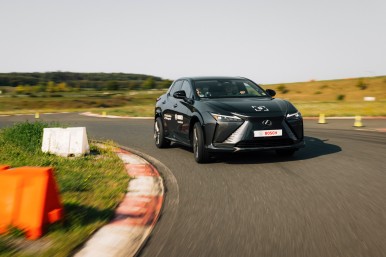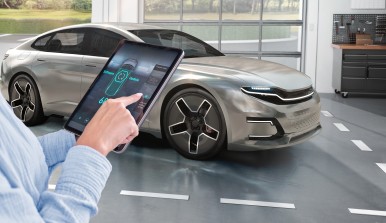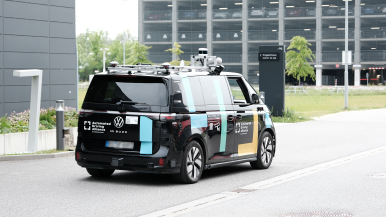Abstatt, Germany and Olten, Switzerland – Creaky, rusty, and heavily laden: this is what most people picture when they think of rail freight. Few associate it with cutting-edge technology. Yet soon, Switzerland’s SBB Cargo railway company will have what are probably the smartest freight cars in the world. The cars get their newfound intelligence from a Bosch connectivity system. Now, following a year and a half of joint development and more than ten million test kilometers, the system is going into large-scale production. The cars themselves know when they arrive at their destination and can determine whether or not the cold chain has been maintained. They can also send information about when they will next require maintenance. By the end of 2018, a total of 2,000 smart SBB Cargo freight cars will be traveling Europe’s railways equipped with Bosch sensors, software, and services. “Bosch technology ensures that freight cars are moving not only on the rails, but also through the internet. The smart monitoring of cars and freight smooths the way for transparency and more efficient logistics processes,” says Dr. Frank Schmidt, executive vice president engineering at Bosch Engineering GmbH. For SBB Cargo, the new system represents an important step towards the future of the freight railway company. “By digitalizing rail freight transport, we are making great strides in efficiency and productivity, and are supplying our customers with a new level of added value. As a result, we are making transport by rail more attractive,” says Nicolas Perrin, CEO of SBB Cargo.
Bosch and SBB Cargo working on connected freight cars
Bosch brings freight trains to the internet
Connected freight trains are better freight trains
Bosch annual report 2016 – Smart railroad giants
Videos:
Condition monitoring system for rail freight transport: http://bit.ly/1YqIaXD
Rail freight transport footage: http://bit.ly/1PfBmo8
Collision warning system for light rail vehicles: https://youtu.be/N7Dq8muEdqg
Mobility is the largest Bosch Group business sector. It generated sales of 55.8 billion euros in 2024, and thus contributed around 62 percent of total sales. This makes the Bosch Group one of the leading mobility suppliers. Bosch Mobility pursues a vision of mobility that is safe, sustainable, and exciting. For its customers, the outcome is integrated mobility solutions. The business sector’s main areas of activity are electrification, software and services, semiconductors and sensors, vehicle computers, advanced driver assistance systems, systems for vehicle dynamics control, repair-shop concepts, as well as technology and services for the automotive aftermarket and fleets. Bosch is synonymous with important automotive innovations, such as electronic engine management, the ESP anti-skid system, and common-rail diesel technology.
The Bosch Group is a leading global supplier of technology and services. It employs roughly 418,000 associates worldwide (as of December 31, 2024). The company generated sales of 90.3 billion euros in 2024. Its operations are divided into four business sectors: Mobility, Industrial Technology, Consumer Goods, and Energy and Building Technology. With its business activities, the company aims to use technology to help shape universal trends such as automation, electrification, digitalization, connectivity, and an orientation to sustainability. In this context, Bosch’s broad diversification across regions and industries strengthens its innovativeness and robustness. Bosch uses its proven expertise in sensor technology, software, and services to offer customers cross-domain solutions from a single source. It also applies its expertise in connectivity and artificial intelligence in order to develop and manufacture user-friendly, sustainable products. With technology that is “Invented for life,” Bosch wants to help improve quality of life and conserve natural resources. The Bosch Group comprises Robert Bosch GmbH and its roughly 490 subsidiary and regional companies in over 60 countries. Including sales and service partners, Bosch’s global manufacturing, engineering, and sales network covers nearly every country in the world. Bosch’s innovative strength is key to the company’s further development. At 136 locations across the globe, Bosch employs some 87,000 associates in research and development.
Additional information is available online at www.bosch.com, www.bosch-press.com.
